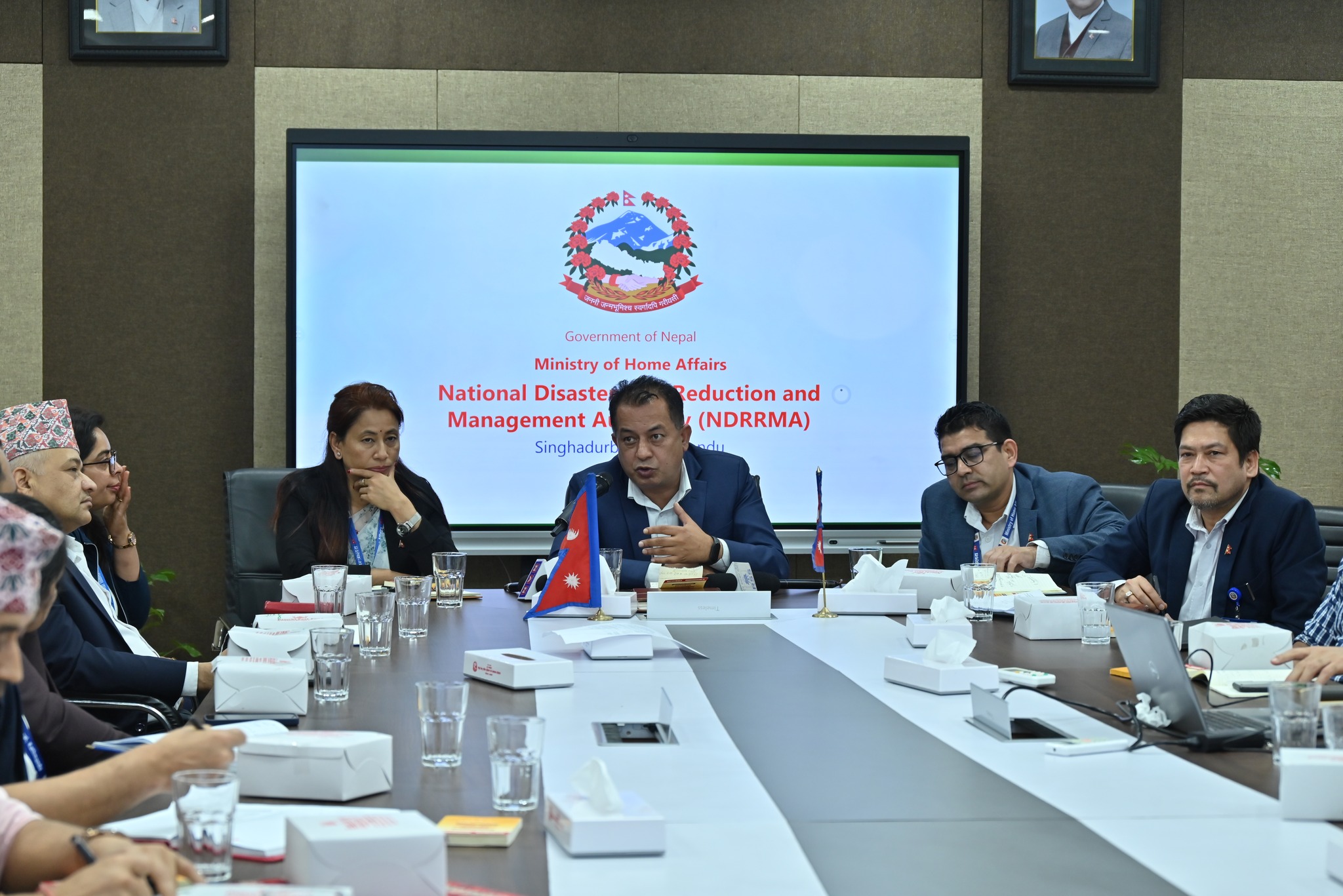

KATHMANDU: A special discussion program was held in the capital to address the impact and preparedness for the heat wave phenomenon known as ‘Loo.’
The event, organized at the National Disaster Risk Reduction & Management Authority’s hall, saw the participation of government officials associated with heat wave management, along with representatives from various humanitarian organizations working in the sector.
Speaking at the program, the Executive Chief of the Authority, Engineer Dinesh Bhatta, emphasized the challenges of setting a threshold for heat waves based solely on temperature or its effects.
He highlighted the need to find a scientific “midpoint” for accurate assessment. He stated, “It is challenging to determine the threshold of a heat wave based solely on its impact or temperature. We need to identify a scientific midpoint.
Senior Meteorologist Shanti Kandel from the Department of Hydrology and Meteorology presented the status of heat waves in Nepal. Pranav Dahal, a technical expert from the Start Network, shared insights on humanitarian assistance during heat wave incidents.
Dr. Prakash Budhathoki, the spokesperson for the Ministry of Health, explained the impact of heat waves on human health and outlined measures to mitigate these effects. Kumar Mani Dahal, a technical officer from the Nepal Agricultural Research Council, discussed strategies to minimize the impact of heat waves on crops and livestock.
Arya Regmi, Program Coordinator at the Nepal Red Cross Society, provided updates on the implementation status of the heat wave action plan and emphasized the need for community-level awareness.
The disaster dialogue program was chaired by the Authority’s Joint Secretary, Engineer Arjun Kumar Bam. It was conducted with technical support from UK International Development, the Rain Program, IFRC, and the Nepal Red Cross Society.
Participants of the program concluded that effective preparedness is crucial to combat the impact of heat waves and that joint efforts from both government and non-government sectors are essential for effective mitigation.